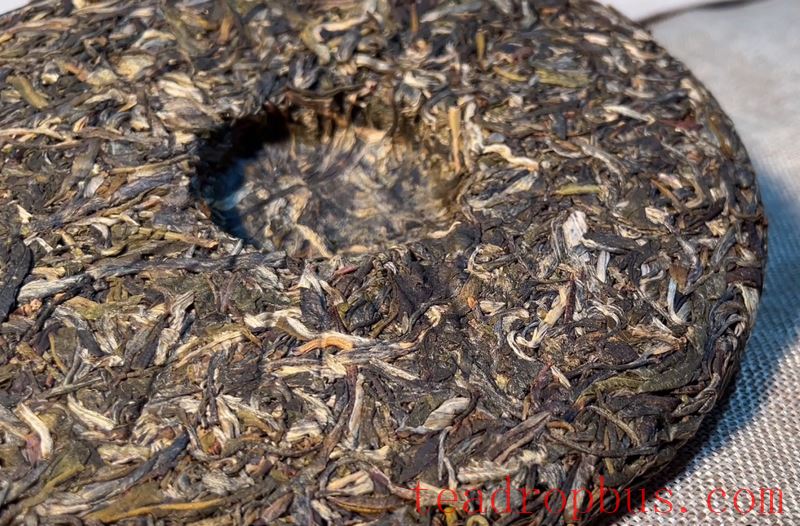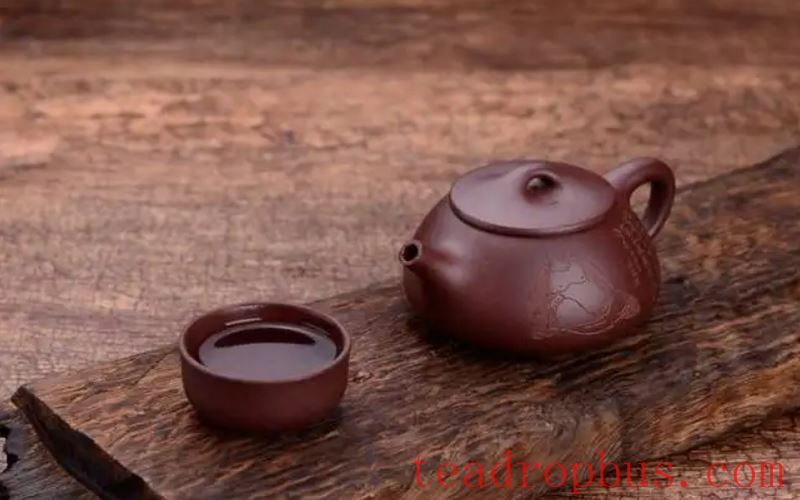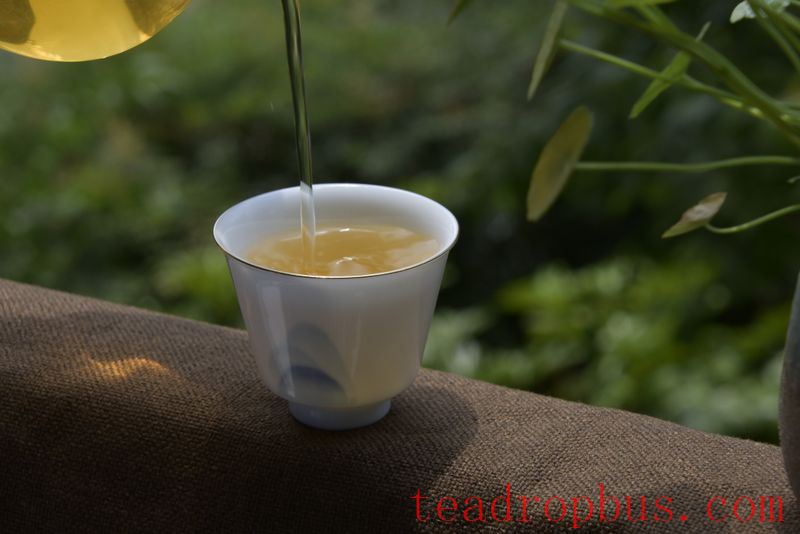Pu'er Tea, known as the “King of Teas,” is also widely recognized as a healthy and nourishing beverage. Nowadays, more people choose Pu'er tea as gifts, not just as an ordinary present but also as a national gift, embodying a healthy and nourishing drink. However, selecting the right utensils is crucial for brewing a perfect cup of Pu'er tea. So, how should one choose tea utensils for brewing Pu'er tea?

How to Choose Tea Utensils for Brewing Pu'er Tea
(1) Purple Clay Teapot
A purple clay teapot is the best choice for brewing Pu'er tea, as Pu'er tea requires boiling water to extract its components. The porous nature of the purple clay teapot allows for excellent breathability while retaining heat well, ensuring that the Pu'er tea retains its original aged flavor and aroma without losing its taste.
(2) Lidded Bowl
A lidded bowl is a commonly used utensil for brewing tea. It does not absorb the flavors of the Pu'er tea, allowing it to maintain its authentic taste. Additionally, it provides a visual experience by showcasing the color changes during the brewing process. However, when using a lidded bowl to Brew Pu'er tea, be particularly cautious, as the lid can become very hot due to the use of boiling water.
(3) Earthenware Pot with Handle
An earthenware pot with a handle is convenient and quick to use. It enhances the presentation of the color, aroma, and taste of Pu'er tea. Moreover, due to its larger size, it is suitable for group consumption.

Brewing Method for Pu'er Tea
1. Warming the Utensils: Rinse all clean utensils with boiling water once again. This step ensures hygiene and warms up the lidded bowl, pitcher, and tasting cups.
2. Adding Tea: Place the Pu'er tea into the purple clay teapot. The amount of tea or the ratio of tea to water significantly affects the overall brewing. For a 100cc purple clay teapot, we recommend about 5 grams of tea. Remember, “Guanyin prefers lightness, while Pu'er fears strength.” Especially for beginners accustomed to brewing Oolong Tea, do not use the same amount of tea for brewing Pu'er, as it will result in an overly strong brew due to the higher altitude and richer content of Pu'er tea.
3. Washing the Tea: Pour boiling water over the tea in the teapot and wash the tea one to two times (once for raw tea, twice for ripe tea), allowing the leaves to fully awaken and expand. The tea washed this way is not recommended for drinking and should be discarded after warming the cups.

Note the speed and angle of pouring water. The speed of pouring water affects the temperature; faster pouring results in higher temperatures, while slower pouring and a finer stream lead to lower temperatures. Adjust these according to the characteristics of the tea being brewed. The angle of pouring water influences the impact on the tea and its movement within the vessel. Teas with many fine hairs and ripe teas should not be subjected to excessive agitation or rolling, as this may result in a murky infusion.
4. Brewing: Pay attention to the timing of pouring out the tea. Pouring too quickly yields a thin and weak infusion, while delaying results in a too concentrated brew.
5. Distributing the Tea: Use a strainer to pour the brewed tea into tasting cups for everyone to share. Note that the tasting cups should not be filled to the brim – “half full for tea,” no more than seven-tenths full. This is a courtesy in Chinese tea etiquette, as the saying goes, “Full cups of alcohol show respect, while full cups of tea are disrespectful.”
6. Tasting: Take small sips to appreciate the tea. If the tea is too hot, sip the top layer of the tea in the tasting cup, which is the coolest part of the cup.

[Precautions] Generally, a 150cc teapot is selected, with purple clay being the preferred option. Opt for teapots with a low profile and good spout performance. The primary difference between brewing with a small teapot and a lidded bowl lies in the timing of pouring out the tea. When using a small teapot, there is a delay in the pouring process, so you need to anticipate the right moment to start pouring. Begin pouring slightly before the tea reaches the desired strength, aiming to reach the optimal point halfway through the pouring process, ensuring the tea is perfectly balanced.